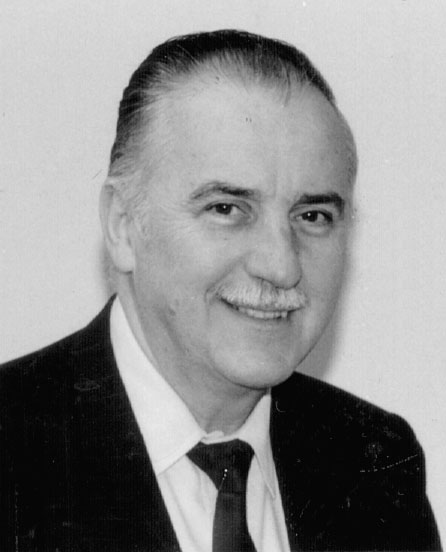

J. L. Norman Violette
Associate Editor
This 219-page book provides a ready- reference for the understanding and application of the basic laws of electromagnetics to RF technology. It is intended that the material in this book can be extended to application areas such as EMC, RF wave propagation, antennas, the description of the RF environment, wireless communications, transmission lines, and microwave circuits and systems. The seven-chapter organization starts with static field concepts and progresses to more specific applications of time-varying fields as follows.
The well-known concepts of static electric and magnetic fields are presented, including Coulomb’s Law, electric flux and flux density, Gauss’s Law, conservation of energy, potential difference, fields from line and surface charges, line current, static magnetic fields and the Biot-Savart Law, magnetic flux and flux density, Ampere’s Law, Lorentz force, and field units.
The fundamental laws that govern time- varying fields are described and illustrated. This includes Faraday’s Law, Maxwell’s Equations in regions with field sources and source-free regions. These equations are also presented for the special case of sinusoidal time variation (frequency domain), and field boundary conditions. The situation of a plane wave incident on a conducting half space is used to illustrate wave impedance, diffusion and skin depth. Shielding effectiveness is illustrated as transmission through a metal sheet.
Equations for the fields radiated from a short dipole and a small loop are provided along with the definitions of near-field (Fresnel) and far-field (Fraunhofer) regions described.
NOTE: On page 35 (in the text and in Figure 2.17), the microwave oven frequency should be 2.45 GHz (not 24.50 MHz). The other calculations in Figure 2.17 follow for a frequency of 2.45 GHz.
Wave impedance is defined for the far-field and near-field regions as a function of distance from the wave source. This is followed by the concept of power density and hazardous radiation.
This chapter defines and discusses radio wave propagation as: “...the transfer of energy by electromagnetic radiation at radio frequencies.” The various modes of radio wave propagation depend on: “... the path geometry, the frequency, and the electrical properties and the temporal variability of the earth’s surface, the atmosphere, the troposphere, and the ionosphere.” Propagation is described for free space, ground wave over plane earth, propagation over a perfectly conducting plane, attenuation of electromagnetic fields by buildings, and edge diffraction. The Rayleigh surface roughness criterion is presented.
The important characteristics of transmitting and receiving antennas are reviewed. This includes the typical antenna parameters: impedance, resistance, radiation resistance, loss resistance, antenna reactance, antenna effective length, antenna factor, gain, directivity, efficiency, etc. The relationships between the antenna parameters are presented in several sections including the property of reciprocity. Types of receiving antennas are described along with antenna calibration.
The electromagnetic noise environment limits the performance of all communication systems. The parameters or measures commonly used to describe electromagnetic noise are described, including noise field power, spectral density, field strength, noise factors, etc. System noise factor and receiving system available noise power are described. The determination of receiver sensitivity and noise figure is illustrated. Extraterrestrial, atmospheric, man-made, and power-line conducted noise are described. The effects of the earth’s electric and magnetic fields are described.
Signal classification as either energy or power signals is described. The development of signal spectral density using the Fourier transform is presented. The impulse bandwidth is defined and spectral developments are presented for a rectangular and a trapezoidal pulse. The Fourier series is illustrated for representing periodic waveforms in the frequency domain.
Two-conductor transmission line theory is reviewed. Examples of common transmission line configurations are presented. Conditions for the support of the TEM mode of propagation are presented. The two-conductor model is provided from which distributed parameters, propagation constant, and characteristic impedance are developed. Ideal (lossless) and lossy lines are described. Line reflection and transmission coefficients are generally described. Solutions are developed for the line operation for the sinusoidal steady-state, including the concept of line termination and the VSWR. Excitation of lines by external fields is described along with radiation from transmission lines.
The book ends with Appendices of (A) Physical Constants, (B) Electrical Units, (C) Wave Relations, (D) Math Identities, (E) Vector Operators, (F) Frequency Bands, and an Index. References are included at the end of each chapter for further study.
In general, the book provides a well-organized, concise reference for reviewing electromagnetic (EM) concepts and applications for the electrical engineer who has taken a typical undergraduate course (or two) in EM theory. It can also serve as a reference for students and instructors currently involved in EM curricula.